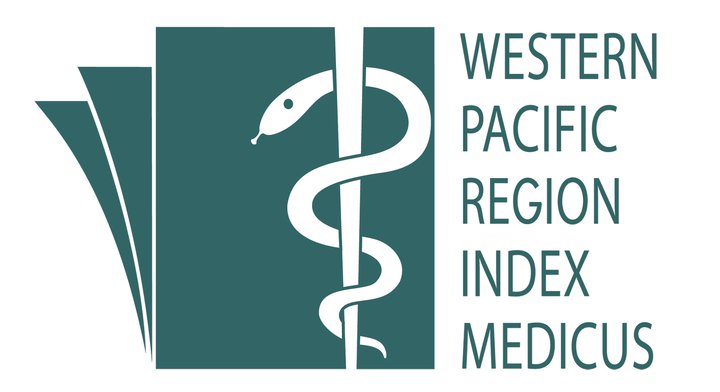Biomarkers approach in the diagnosis and prognosis of sepsis: A review
Abstract
Introduction
Sepsis is a systematic host response to infection accompanied by suppression of immune system and organ failure. Rapid diagnosis of sepsis has prompted researchers to use circulating biomarkers for diagnosis sepsis.
Method
The PubMed, and Google Scholar databases were searched from 2010 until 2020 using the keyorganis “sepsisâ€, “biomarkerâ€, “pathophysiologyâ€, “pathogenesisâ€, and “diagnose†with restriction by language to English. For each individual biomarker the databases were searched again by the biomarker name.
Results
Although CRP and Procalcitonin are the most common biomarkers in the diagnosis of sepsis, other biomarkers such as pro-inflammatory and anti-inflammatory cytokines and chemokines, monocyte and lymphocyte biomarkers, antibody and nucleic acid biomarkers may help in diagnosis of sepsis.
Conclusion
The biomarkers verified capability in disease progress, prognosis of disorder, risk stratification, and treatment effect rather than diagnosis at early stage of sepsis. Defining molecular properties in septic patients opens up new means to diagnose and manage sepsis in a shorter time compared to conventional methods currently used at hospitals however further clinical evaluation of biomarkers should be performed.
Keywords. Sepsis. Biomarkers. Prognosis. Diagnosis
Published
How to Cite
Issue
Section
License
IJPHR applies the Creative Commons Attribution (CC BY) license to articles and other works we publish. If you submit your paper for publication by IJPHR, you agree to have the CC BY license applied to your work. Under this Open Access license, you as the author agree that anyone can reuse your article in whole or part for any purpose, for free, even for commercial purposes. Anyone may copy, distribute, or reuse the content as long as the author and original source are properly cited. This facilitates freedom in re-use and also ensures that IJPHR content can be mined without barriers for the needs of research.






